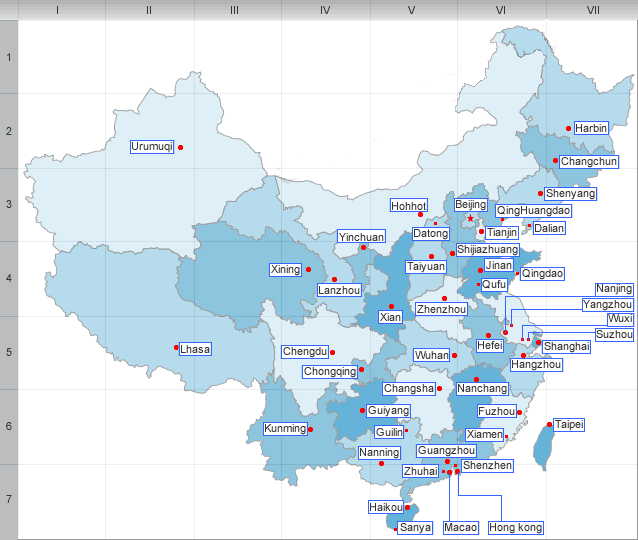History of Anhui
History
The province of Anhui was formed in the seventeenth century. Before then, there was no coherent concept of "Anhui". Northern Anhui was firmly a part of the North China Plain in terms of culture, together with modern-day Henan province. Central Anhui constituted most of the fertile and densely-populated Huai He River watershed. Southern Anhui, along the Yangtze, was closer to Hubei and southern Jiangsu provinces in culture. Finally, the hills of southeastern Anhui formed a unique and distinct cultural sphere of its own. The creation of the province of Anhui has not eroded these distinctions.
The Qing Dynasty, which conquered China in 1644, established Nanzhili as Jiangnan province; in 1666 Jiangsu and Anhui were split apart as separate provinces. This was the beginning of the contemporary Anhui province, which has since kept almost the same borders as today. The one significant change that occurred was the move of the provincial capital from Anqing to Hefei in 1946.
When the People’s Republic of China was founded in 1949, Anhui was briefly split into two separate administrative regions: Wanbei (North Anhui) and Wannan (South Anhui). They were merged into a province in 1952.
| PREV:Administrative divisions of Anhui | Next:Culture of Anhui |



